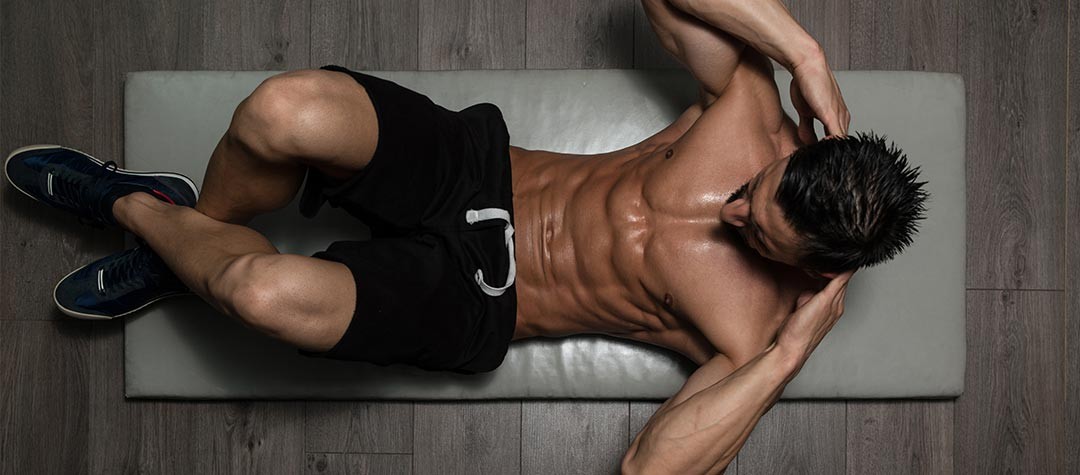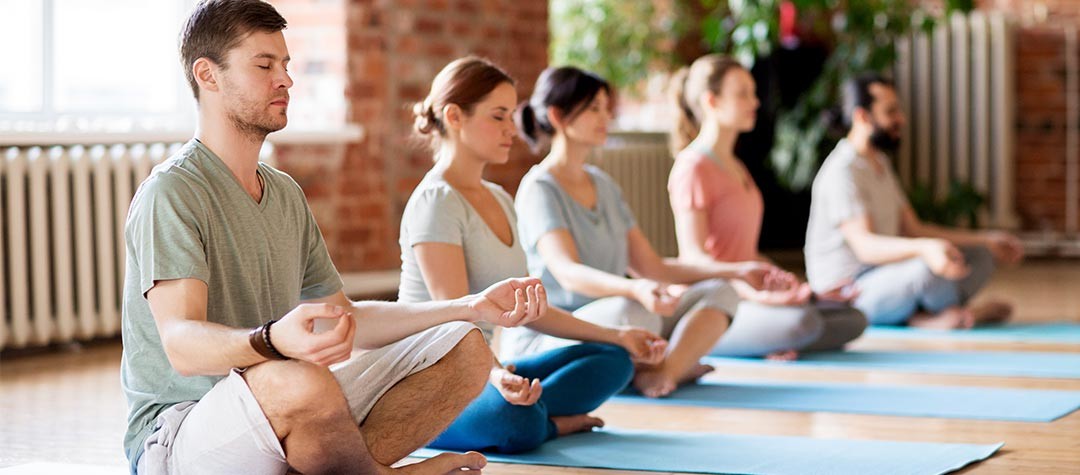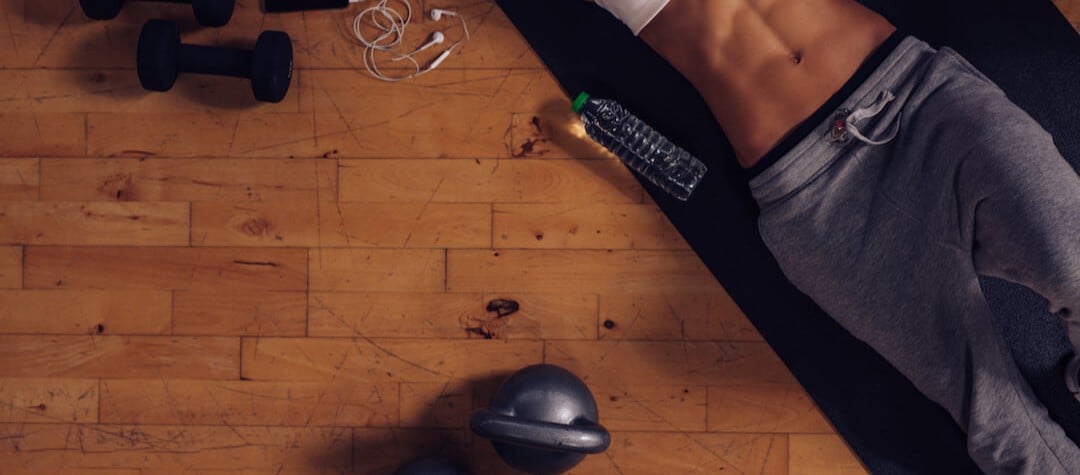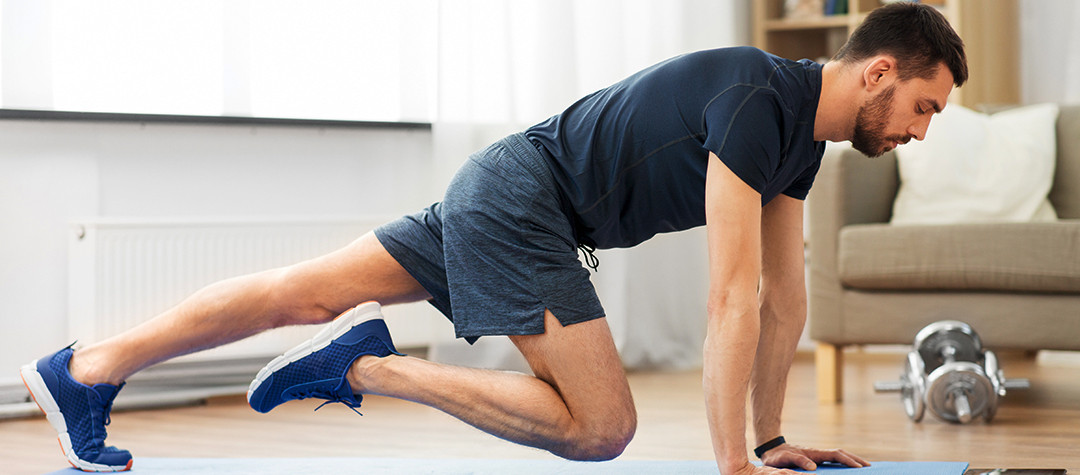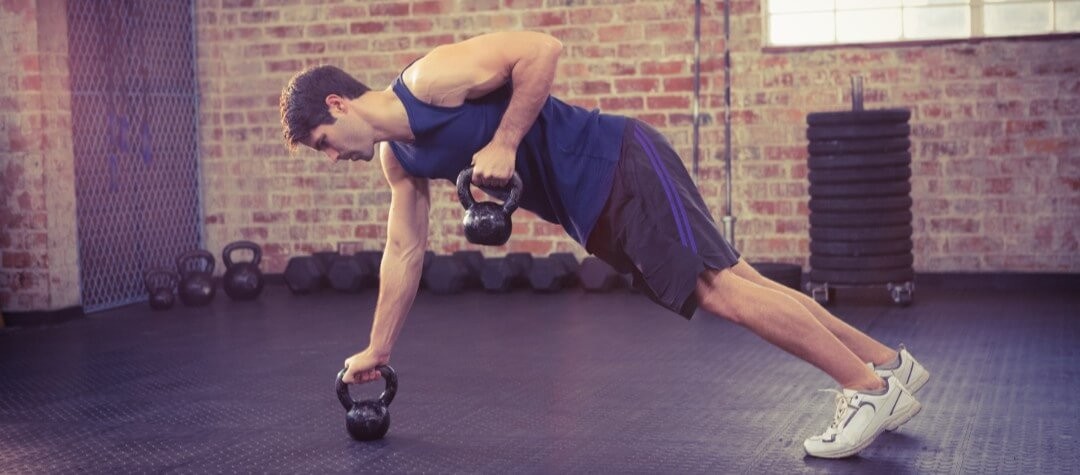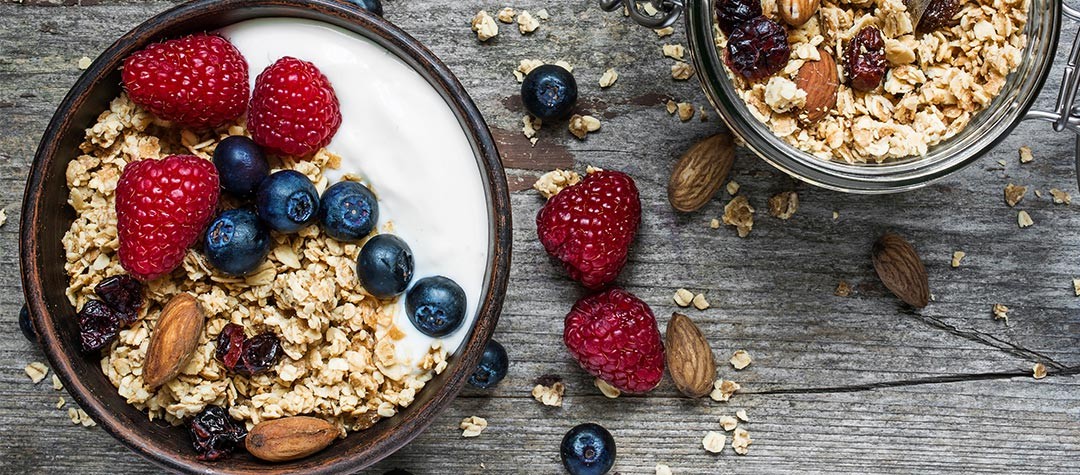What is the best strategy to reach your goal and make sure you look good? Follow our nutrition tips, training and dietary advice and you’ll be on your way.
Looking to get a better body and improve your overall health in the process? This is no mean feat, but with a few tweaks to your exercise and daily diet, you should start to see result that last.
1. Half a kilo is enough
Always bear in mind that attempting to lose weight faster than half a kilogram (1lb) per week almost always leads to subsequent additional unwanted weight gain.
2. Avoid processed foods
Try and select wholefood for meals and snacks every time. Processed foods i.e. those foods that come in packets, are generally low in nutritional quality and high in unwanted calories, such as fat and sugar.
3. Hydrate when you can
Inadequate hydration often presents false hunger pangs, which are often then satisfied with processed foods such as chocolate and other confectionery. And the latter are generally high in calories, unnecessarily adding to total calorie intake.
4. Keep water handy
Ensuring that a bottle of water is always available, at your desk, in your car, etc., will help you keep fluid levels topped up, make your skin look great, and fending off false hunger symptoms.
5. Go easy on the booze
The calories from alcohol in beer, wine and spirits are stored as body fat if they’re not used at the time of consumption; so reducing your alcohol intake will help with your weight loss programme.
6. Alternate your drinks on a night out
Try alternating an alcoholic drink with water. This will keep the calories down as well as combating the dehydrating effects of the alcohol. Dehydration can lead to false hunger signs.
7. Correct food choices = fewer calories
Incorrect food choices are often triggered by energy lows, causing a desire to eat ‘quick energy hit’, highly-calorific foods, like chocolate. By choosing slow-energy release foods such as bananas, you will find that you maintain constant energy levels with fewer calories.
8. Don’t overdose on protein
It’s a common misconception when building muscle that you should eat as much protein as possible.
The maximum amount of protein we can utilise and absorb per day is two grams for each kilo of our weight - and that’s for someone training extremely hard. Any excess protein is stored as body fat. Also, too much protein consumption can cause kidney damage.
9. Turn up the resistance
Include resistance training exercises as part of your exercise programme. By toning up and building your muscles, you will increase the amount of calories you burn throughout the day - even when at rest.
10. Muscle burns more
The ‘energy cost’ of a body with a greater muscle mass is higher than that of a body carrying excess body fat. So if you build muscle, your engine is running faster 24 hours a day - leading to further body fat reduction.
11. Keep that balance
When you look in the mirror, the main muscles you see are your abdominals (stomach), chest and biceps (upper arm). Avoid overtraining these areas, because you will develop postural imbalances. Make sure that your weights programme works all around the body, not the muscles you see when you look in the gym mirrors.
12. CV is good for you
When looking to build muscle, many men shy away from cardiovascular (CV) training because they are concerned it will counteract their muscle gains. However, for a balanced health and fitness program, CV training is essential to ensure your body’s most important muscle, your heart, is trained too.
13. Abs are not enough
If you’re out for a six-pack, sit-ups for your abdominal muscles are just one of the exercises you should be doing. Exercises for your lower abs such as leg-only V-Sits (sit on the floor with your legs elevated and alternately bend and straighten your knees) should be included too, together with training for the obliques, those muscles at the sides of your abdomen.
14. Train that core
In addition to the heart, another muscle group that is extremely important to train is your core, or deep postural muscles. And good core strength will ‘pull everything in’ as well as greatly improving your posture.
15. Don’t forget the legs
An additional advantage of including CV training in your training regime is that almost all CV training involves using your legs - for running, cycling etc - so these exercises will tone up and build up your leg muscles to match your upper-body training.
16. Sleep
In today’s hectic world, most men are more than a little sleep deprived. Whether its late nights and early mornings at the office or juggling childcare and working life, all that time and effort you spend eating right and working out won’t be as effective if you’re not getting seven to eight hours a night.
17. Stick with it
For most men, what starts off as a new regime can seem more like hard work after only a couple of weeks, especially if you’re not seeing many results.
But don’t give up – it’s normal. It can take a month or so for training to become part of your routine, and once you’ve overcome the initial difficulties, you’ll start to look and feel better. In the meantime, focus on why you’re doing it, and make sure to reward yourself with a few treats – a nice home cooked meal or a rest day maybe – to keep yourself motivated. So there you have it, and by following this 17-part plan you can build a lean, muscular and toned body, while improving your all-round health too.

